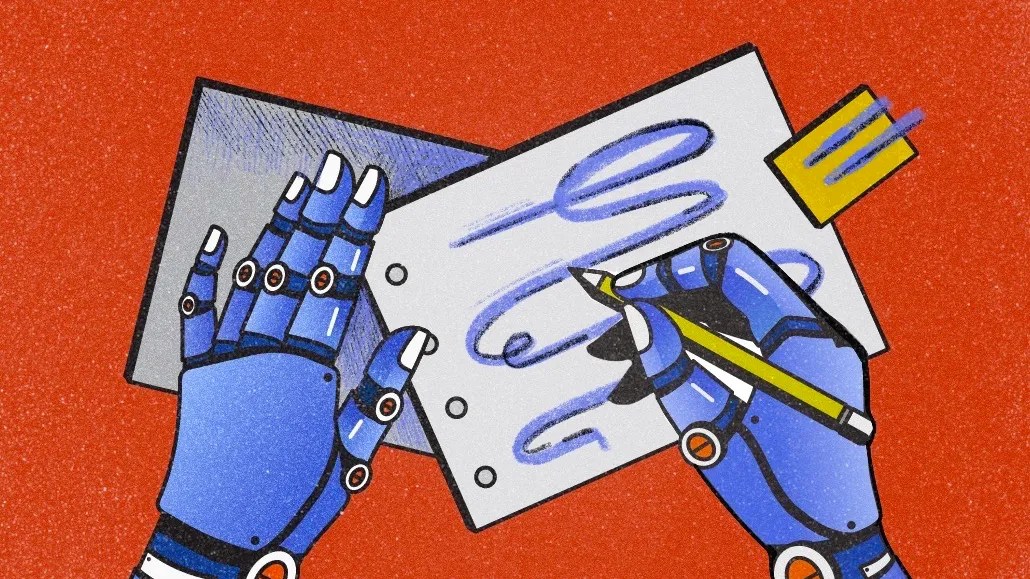Russia has revealed plans to boost its financial stance, focusing on crypto assets. It will launch two crypto exchanges to boost its foreign exchange market.
Also, the country disclosed that it will enter the stablecoin market with the launch of the BRICS stablecoin, which is linked to the Chinese yuan and the BRICS currency basket.
Russia To Roll Out New Crypto Exchanges And Stablecoin
According to a report by a local news outlet, Kommersant, Russia plans to launch two new crypto exchanges and BRICS stablecoin.
According to Kommersant, Russia plans to create at least two cryptocurrency exchanges, one focused on foreign economic and trade activities; the other is planned to be established in Moscow. In addition, a stable currency linked to the RMB and the BRICS currency basket will be…
— Wu Blockchain (@WuBlockchain) August 23, 2024
Russia will launch one crypto exchange in Moscow and the other in St Petersburg. This bold step comes amid Russia’s position as the most sanctioned country worldwide. It reflects its focus on boosting the local foreign exchange market by attracting more economic activities through crypto.
The first crypto platform will leverage the St Petersburg Currency Exchange (SPCE) infrastructure to support Russia’s foreign economic activity.
The second will operate in Moscow, but the announcement did not reveal whether it will rely on Moscow Exchange’s foundation or operate independently.
Both crypto exchanges will primarily focus on developing and using stablecoins. Russia’s plans also include launching stablecoins associated with the Chinese Renminbi (RMB) Yuan and the BRICS currency basket.
This inclusion supports the country’s strategic move to strengthen its financial connection internationally. It also aligns with Russia’s primary focus, which is to expand its crypto offerings.
In addition, the country will first test how the crypto exchanges and stablecoins function using an experimental legal framework. This approach will help the country test operations and adjust crypto regulations accordingly.
The exchanges’ launch will come in phases, with initial access available to only large businesses and other key economic players. Only“blue chips,” such as subsidiaries of top companies exporting and importing globally, can enjoy the early stage. With time, smaller entities and individuals can access the platforms.
Possible Risks and Implications of Russia’s Sanctions
Despite the positive outlook of the plan, some crucial loops could deter Russia’s goal. BitRiver CEO Oleg Ogienko highlighted some challenges in stablecoin development, especially regarding liquidity and convertibility.
Further, the project could face dire consequences in cases of transaction data leakage on crypto platforms. This is due to the transparency of blockchain technology, which ensures openness.
Again, Russian Federal Law No. 259 regulates the issuance and use of digital assets, but it doesn’t oversee crypto exchanges.
Therefore, the country may be prone to significant risks due to the absence of a clear and wholesome legal regulation for developing and operating crypto exchanges.
Currently, Russa has the Experimental Legal Regime (EPR) as the only essential regulation for the project.
Moreover, as the most sanctioned country, some jurisdictional regulators could track and flag all crypto assets that investors purchased from the Russian exchanges as suspicious. Some regulators might even block Russian-based transactions, frustrating investors in the long run.
Disclaimer: The opinions expressed in this article do not constitute financial advice. We encourage readers to conduct their own research and determine their own risk tolerance before making any financial decisions. Cryptocurrency is a highly volatile, high-risk asset class.
 Our Editorial Process
Our Editorial Process
The Tech Report editorial policy is centered on providing helpful, accurate content that offers real value to our readers. We only work with experienced writers who have specific knowledge in the topics they cover, including latest developments in technology, online privacy, cryptocurrencies, software, and more. Our editorial policy ensures that each topic is researched and curated by our in-house editors. We maintain rigorous journalistic standards, and every article is 100% written by real authors.





